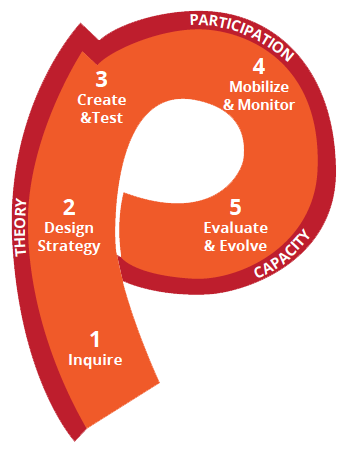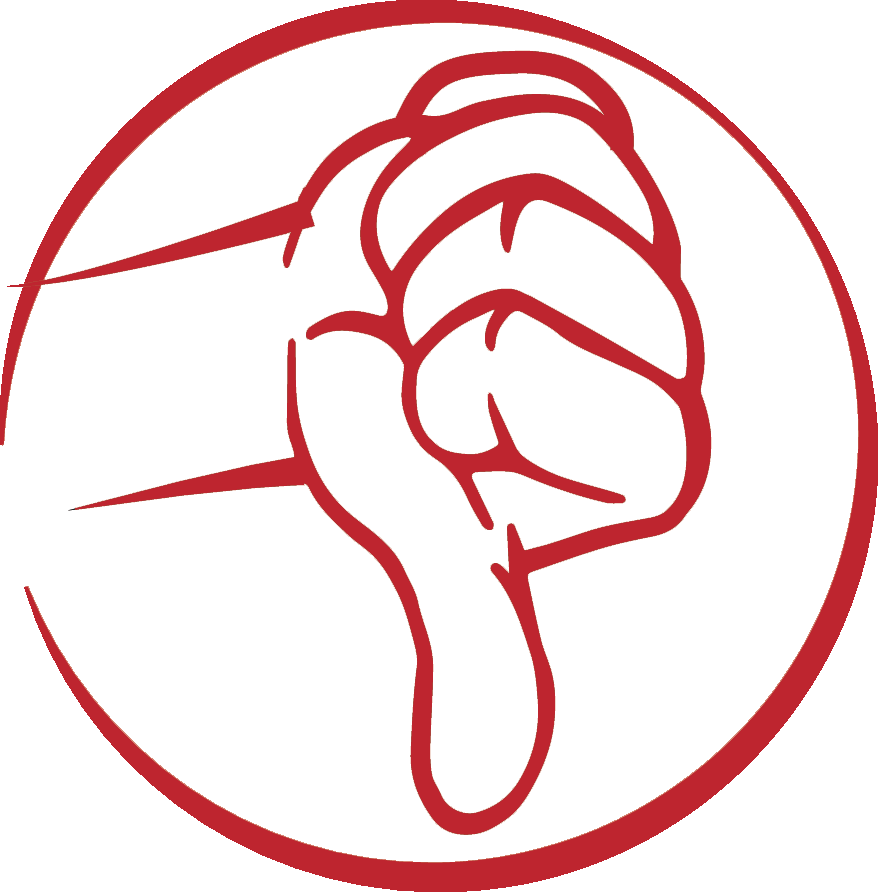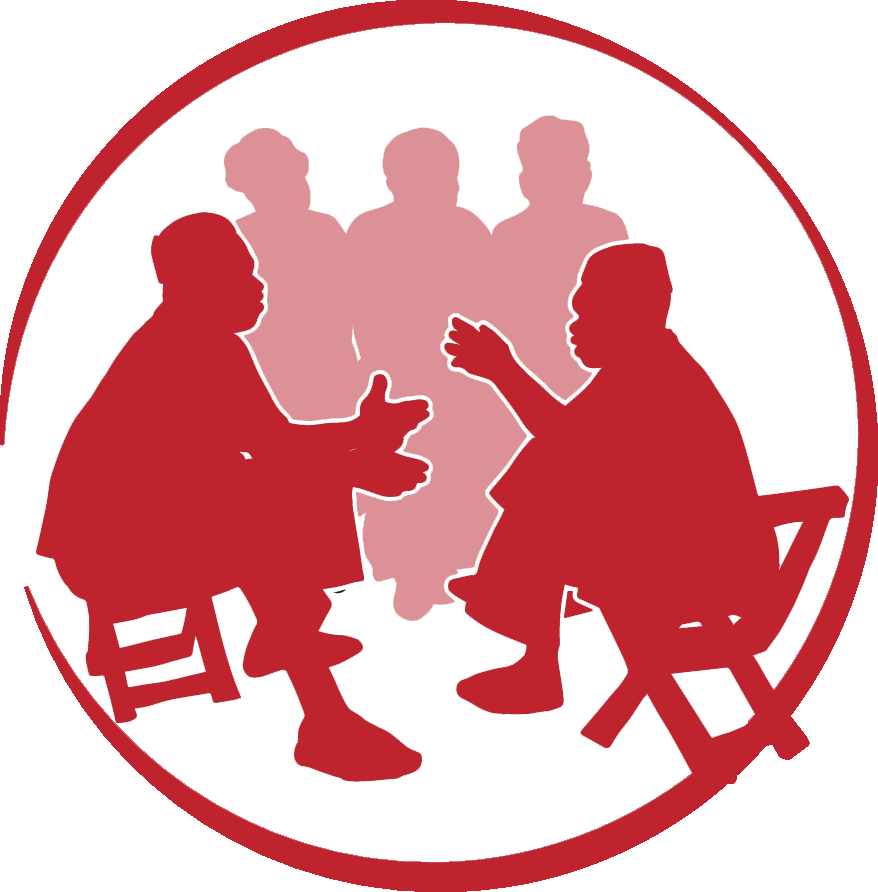Social and Behavior Change Communication
What is Social and Behavior Change Communication?
Previously known as behavior change communication (BCC), SBCC is an approach that promotes and facilitates changes in knowledge, attitudes, norms, beliefs and behaviors. The terms BCC and SBCC are interchangeable, and both refer to a series of activities and strategies that promote healthy patterns of behavior. The word “social” has been added to BCC to indicate that, for improved health outcomes, it is necessary to support broader social change. Throughout this I-Kit, the term SBCC will be used, rather than BCC.
A strategic SBCC approach follows a systematic process to analyze a problem in order to define key barriers and motivators to change, and to design and implement a comprehensive set of interventions to support and encourage positive behaviors. A communication strategy provides the guiding design for SBCC campaigns and interventions, ensuring communication objectives are set, intended audiences are identified, and consistent messages are determined for all materials and activities. Effective SBCC programs use a variety of communication channels to reach the intended audiences.
There are a number of models and frameworks available to guide the planning of SBCC programs, most of which share the same basic common principles. The “P Process” is a widely used model to plan an intervention or campaign, providing a step-by-step roadmap that can guide you from a loosely defined concept about changing behavior to a strategic and participatory program grounded in theory with measurable impact.
The P Process has five steps:
Step 1: Inquire
Step 2: Design your Strategy
Step 3: Create and Test
Step 4: Mobilize and Monitor
Step 5: Evaluate and Evolve
 Three cross-cutting concepts are embedded in the P Process, which when integrated into the strategic process, ensure that SBCC approaches are most effective:
Three cross-cutting concepts are embedded in the P Process, which when integrated into the strategic process, ensure that SBCC approaches are most effective:
SBCC Theory | Stakeholder Participation | Continuous Capacity Strengthening
You likely have seen examples of SBCC activities in your city, such as:
A mass media campaign that promotes condom use to prevent HIV and other STIs through public service announcements and/or serial dramas on radio or TV.
A theater group performing a play about gender-based violence for a community and holding a discussion afterwards.
A radio talk show that answers listeners’ questions about family planning.
A school-based program that encourages students to delay sexual debut.
A short message service (SMS) or hotline service to provide information on family planning or HIV.
Reaching youth with SBCC programs in urban environments has specific advantages and disadvantages.
Advantages
Urban adolescents have increased access to different media and technology options, as well as greater availability and diversity of health care services. High population density also means that many more adolescents can be reached at once.
Disadvantages
Urban adolescents tend to be more mobile, meaning it is hard to reach the same adolescent more than once with your message. Informal settlements can make messaging difficult and lack of traditional family structures for many urban adolescents means they may not get the support they need at home to reinforce messages about healthy behaviors.
Resources
For more information on all aspects of SBCC, the Health COMpass is a great place to start. The website includes everything from SBCC background resources to actual tools and project examples from around the world. Make sure to check out the Focus Package on urban youth!
Social Marketing
Social marketing concepts are also commonly used to design successful SBCC programs. Social marketing refers to the application of commercial marketing principles to influence behaviors of the intended audience for improved personal and/or social welfare. Ultimately, the goal of social marketing is to change behaviors, not just raise knowledge and awareness.
Learning what the intended audience wants and needs is a main focus of social marketing. The “marketing mix,” also known as the “4 P’s,” includes the four strategic components of social marketing that, together, help a planner design an approach to reach the intended audience. The 4 P’s include:
- Product: can refer to a health product (such as a condom or another contraceptive method), a service (such as HIV testing and counseling) or a behavior (such as reduced concurrent partnerships). In Essential Elements 1 and 5, you will learn how to use your primary and secondary data to help you choose the product and your behavioral objectives for that product.
- Price: the price of the product may be direct or financial (such as the cost of a condom to the consumer), or it may be indirect (such as the cost of missing a day’s work to go to the clinic). Essential Element 1 and Worksheet #1 will help you understand how to price your product (if you will be pricing it) or how to address the costs to urban adolescents to ensure they can access your product.
- Place: refers to where the product is promoted. For urban adolescents, it’s important to know where they gather so that you can place your programs and marketing materials appropriately. Use Essential Element 2, Worksheet #2: Urban Assessment and Essential Element 6, Worksheet #9: Day in the Life to help you determine the best places to promote your product.
- Promotion: refers to the different communication channels that you will use and the key messages that you develop to promote your product. Use Essential Elements 6 and 7 to identify appropriate communication channels and develop effective key messages for urban adolescents.
What Influences People’s Behavior?
A person’s behavior is influenced by many factors, both at the individual level and beyond. The levels of influence on behavior can be summarized by the Socio-Ecological Approach.
This approach recognizes that behavior change can be achieved through activities that target four levels: individual, interpersonal (family/peer), community and social/structural.
Let’s take the example of a younger adolescent girl, possibly someone like Awa, living in an urban informal settlement, who is not currently sexually active. Your program wants to support younger adolescent girls to prevent unintended pregnancies. Let’s think of all the factors at each level of the Socio-Ecological Approach that can influence these girls’ ability to make healthy decisions.
Individual
At the individual level, younger adolescent girls need information and skills related to puberty and human reproduction, what it means to start sexual activity, choosing whether and when to engage in sex, the risks of unprotected sex, knowing where to get information, knowing how to access services offering contraception and counseling, and negotiating use of, or using, the contraception she chooses.
Family and Peer
At the family and peer level (also called “interpersonal”), younger adolescent girls need friends, siblings and family members to whom they can turn to for accurate information and advice.
Community
In the community, younger adolescent girls need services that are available and accessible for information about human development, how to avoid pregnancy and STIs, and reassurance that there will be no negative consequences from the community for accessing services, using contraception or choosing whether and when to have sex.
Social | Structural
At the social/structural level, younger adolescent girls need supportive norms around gender and relationships that allow for a young woman to access and use contraception if she chooses to become sexually active, policies that support affordable contraception for everyone and availability of youth-friendly services.
Reminder!
It is not always possible for one single organization to operate at every level. It is vital to build partnerships and collaborate with organizations and institutions that operate at different levels from your organization so you can plan a comprehensive approach to SBCC for your audience. Working with other organizations should be part of the project planning and budgeting phases, to make sure the partnerships can truly happen during project implementation.
At each level, there are factors that affect behavior in a positive way (facilitators) and factors that affect behavior in a negative way (barriers). We will discuss these facilitators and barriers in more detail later in the I-Kit.











